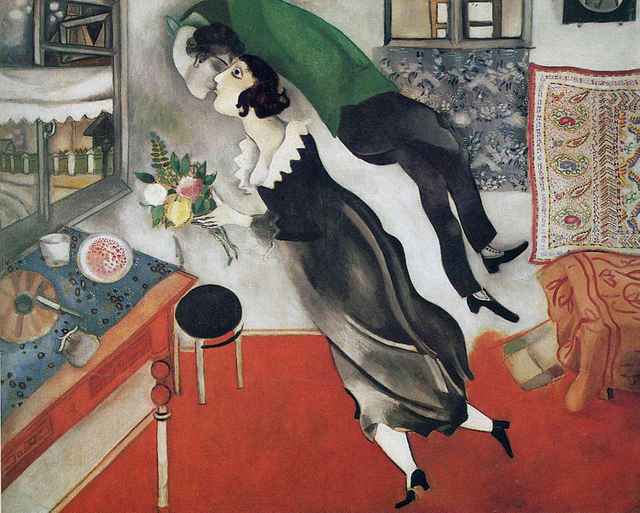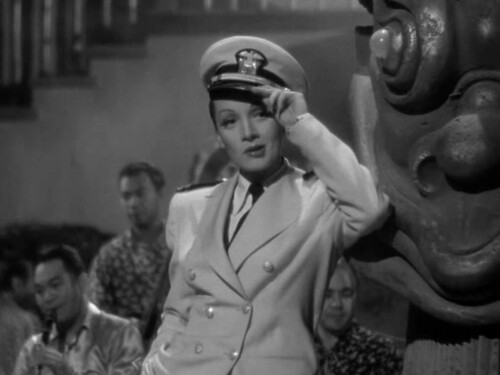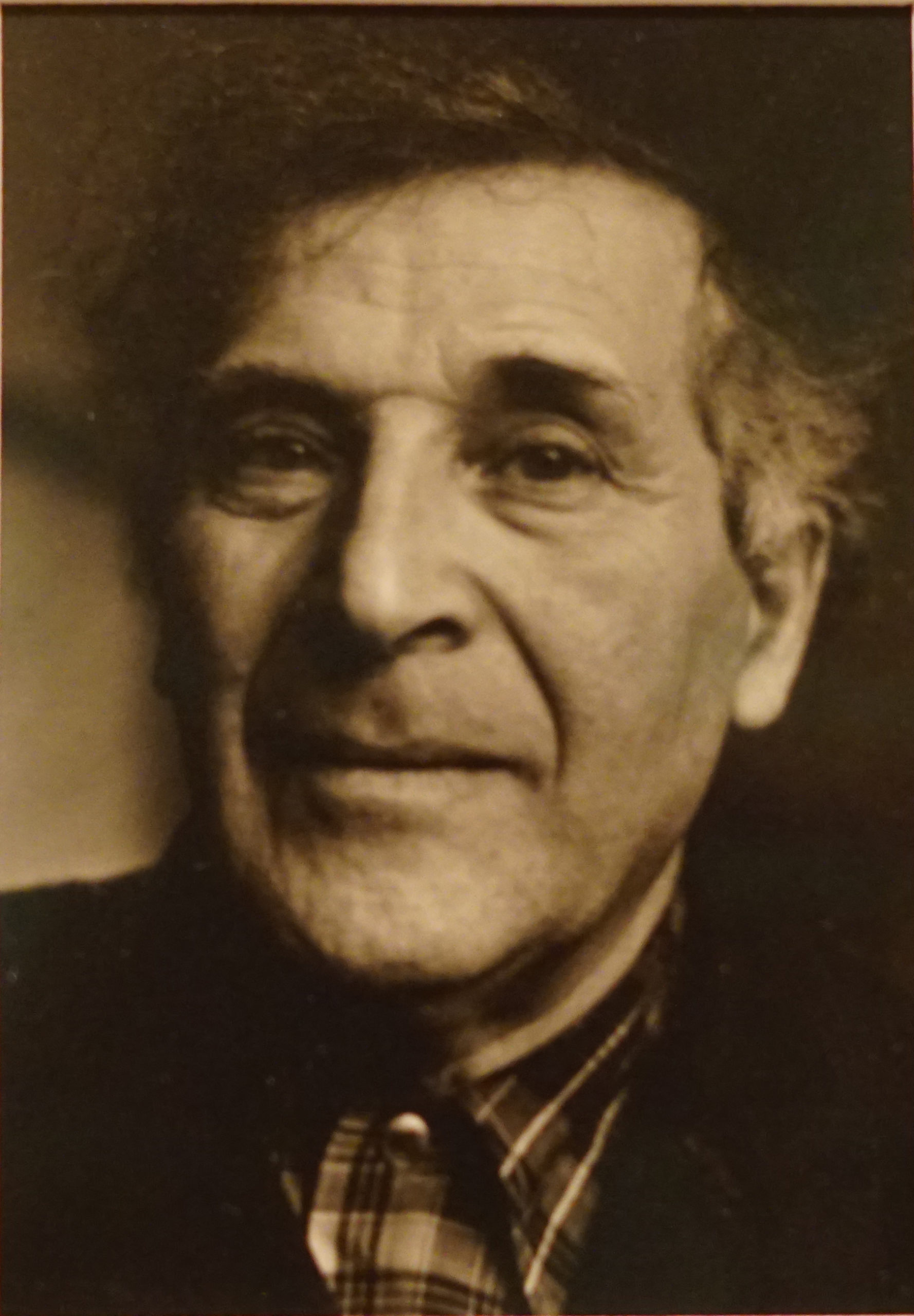
The Great Contributions of Immigrants: From Dietrich to Chagall
“Immigrants contribute mightily to the economy, by paying billions in annual taxes, by filling low-wage jobs that keep domestic industry competitive, and by spurring investment and job-creation, revitalizing once-decaying communities.” That’s what a summary of important research shows about unemployment and immigration.
Such famous immigrants as actress and singer Marlene Dietrich, physicist Albert Einstein, and artist Marc Chagall demonstrate this point.

Marlene Dietrich as Bijou Blanche in Seven Sinners (1940) with John Wayne (Source: flickr, Creative Commons CC BY 2.0 Deed license)
Born in Berlin, Germany in 1901, Marlene Dietrich moved to the United States in 1930 after becoming a famous film star in her country. Her beauty, voice, and sophistication brought her success also in America. She became a US citizen in 1937 and refused to return to Germany, where she was branded a traitor after rejecting invitations from Hitler’s government to star in propaganda films and then renouncing Nazism. Dietrich was one of the first celebrities to join the American war effort, performing over 500 times before American servicemen in the field between 1943 and 1946 to boost the morale of the troops. Her support for American soldiers showed “a true commitment to ‘her boys’ by traveling right to the front lines to perform.” According to United Service Organizations (USO), the organization that created camp shows to entertain troops, “From her resolute insistence on traveling to the front lines to support our nation’s soldiers, to daring to wear pants in Paris when it was still illegal for women to do so, to taking on roles that pushed the boundaries of Hollywood, Dietrich was committed to freedom – and the freedom to be herself.” She was known as a woman who “cultivated a mysterious, commanding and sensual image of herself, all while pushing the limits of femininity and restraint, defying the norms of fashion and sexuality, and all the while resisting the threat of the Third Reich.”
Another famous immigrant is Albert Einstein. Born in Germany in 1879, he moved to Switzerland in 1895 where he finished secondary school and then attended the math and physics teaching diploma program at Zürich Polytechnic. In 1901 he took a job at the Swiss Federal Office for Intellectual Property, the patent office. There he wrote “four of his most influential papers in mathematics and physics in 1905 (including his most famous, on ‘special relativity’), while working … on his Ph.D. in physics, which he earned in 1905 from the University of Zurich.” Einstein was awarded the 1921 Nobel Prize in Physics for “his services to Theoretical Physics, and especially for this discovery of the law of the photoelectric effect.” Now famous, he traveled to the United States for the first time in 1922 to give lectures, returning there again in the early 1930s. When in the US in 1933, the Nazis “raided his house, his works were publicly condemned and his books burned as evidence of dangerous Jewish intellectualism,” according to an article by LCR Capital Partners, a private investment firm whose clients are interested in immigrant investor programs. That year, Einstein gave up his German citizenship and began working at the Institute for Advanced Study in Princeton, New Jersey. He remained in the United States until the end of his life and was granted US citizenship in 1940. According to LCR, “The knowledge and understanding derived from Einstein’s research is still relevant today, not only that derived from his work in physics and mathematics, but also in the United States in space and aeronautics.”

Marc Chagall, 1944 (Photo by Regan Vercruysse from Phelps, New York, USA, CC BY 2.0 license, via Wikimedia Commons)
Born in Vitebsk (now in Belarus) in the western Russian Empire in 1887, Marc Chagall studied drawing and painting and in 1907 moved to St. Petersburg. There a patron’s allowance allowed him to relocate to Paris in 1910, where he met avant-garde poets and painters, and displayed his works in major exhibitions. Chagall’s first major show took place in Berlin in 1914, after which he returned to Vitebsk, where he married and continued to paint. He returned to Paris in 1923. As his fame increased, he traveled to work in different regions of France, Palestine, Holland, Spain, Poland, and Italy. He became a French citizen in 1927. Labeled a “degenerate artist” by the Nazis, Chagall moved his family to the United States in 1941 to escape the war in Europe, remaining there until 1948 when he returned to France. As described at marcchagall.net, “Chagall, throughout his career, incorporated elements from many schools of modern art, including Cubism, Fauvism, Symbolism, Surrealism, Orphism and Futurism.” An innovator, he is known for his poetic, colorful, and figurative paintings and for his important contribution to 20th-century art.
All in all, immigrants are good for the economy. Not only do they create new businesses and jobs, fill labor shortages, spend their incomes on goods and services in their new places of residence, and pay taxes, but as these examples show, they also bring innovation, creativity, knowledge, and cultural diversity.


